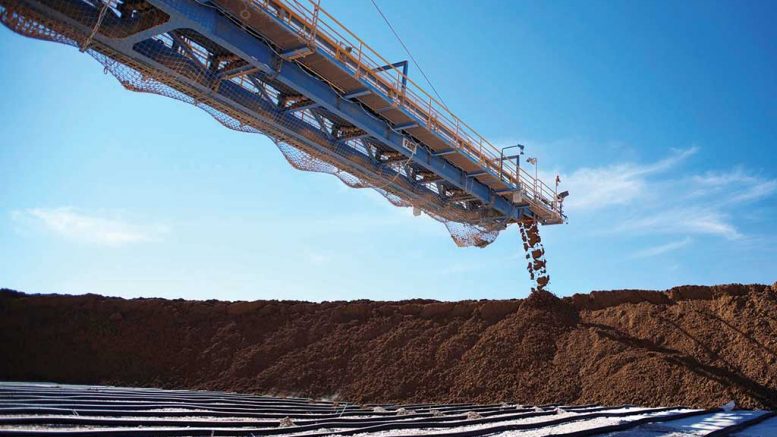Chile’s environmental watchdog said it would charge BHP’s (NYSE, LSE: BHP) Escondida copper mine, the world’s largest, with drawing more water than its permits allowed for nearly 15 years.
The Superintendency of the Environment (SMA) said the operation has caused a decrease in the water table levels greater than 25 cm, which is the allowed limit in the Atacama desert, the world’s driest, where Escondida is located.
The regulator said the charge against BHP’s copper mine could result in the revocation of its environmental permit, closure of the operation or a fine.
“The company, despite committing to reduce its extraction of water … exceeded the maximum level permitted since 2005, tripling that level in 2019,” SMA said in a statement.
The news comes on the heels of a top environmental court’s call for a government-vetted water study, which would help address lingering questions on mining sustainability in northern Chile.
This is not the first time Escondida comes under scrutiny. In February, the country’s Defence Council (CDE) filed a lawsuit against the mine, alleging it had caused “irreparable damage” to the Punta Negra salt flat, in the northern Antofagasta region.
The issue of contention is the mine’s now-abandoned practice of drawing water from the salt flat. The area is one of the many natural resources that has been depleted after decades of mining activity in and around the Atacama desert, and nearby salt flats.
Northern Chile, which hosts some of the planet’s largest copper and lithium mines, is occasionally hit by heavy rains and floods.
According to the country’s water authority (DGA), however, the area has become drier over the last decade. This has added an extra layer of difficulty for mining companies with projects and operations nearby, at times when the industry’s demand for water is expected to soar as ore grades decline.
Data from the national mining association, Sonami, shows that about 20% of the water used by major copper miners comes from the sea. The figure, however, is expected to more than double by 2029.
Chile’s copper commission, Cochilco, in turn, forecasts that ocean water consumption will represent around 43% of the total used by the local mining industry in the next 10 years.
BHP already gets more than 40% of the water it needs from the ocean. The world’s largest miner has vowed to stop using freshwater drawn from the surface and underground in Chile by 2030.
In 2018, the mining giant spent US$3.43 billion on a desalination plant for the Escondida mine, which includes two pipelines to transport the water 3,200 meters above sea level.
Other than their high cost, desalination plants also pose worries related to the waste miners generate.
Lithium producers generate brine, which is usually pumped back into the reservoir where the water originated. This causes an imbalance in the overall water composition, which is harmful to the environment within the sourcing body.
— This article first appeared in our sister publication, MINING.com.


Be the first to comment on "Chilean regulator threatens to shut down BHP’s Escondida for exceeding its water permit"